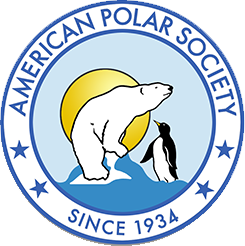The “Polar Luminary” classification refers to remarkable individuals whose achievements and accomplishments in polar exploration, research, journalism and activism have enlightened and engaged the world at large, and whose contributions to society will serve as an inspiration to future generations.
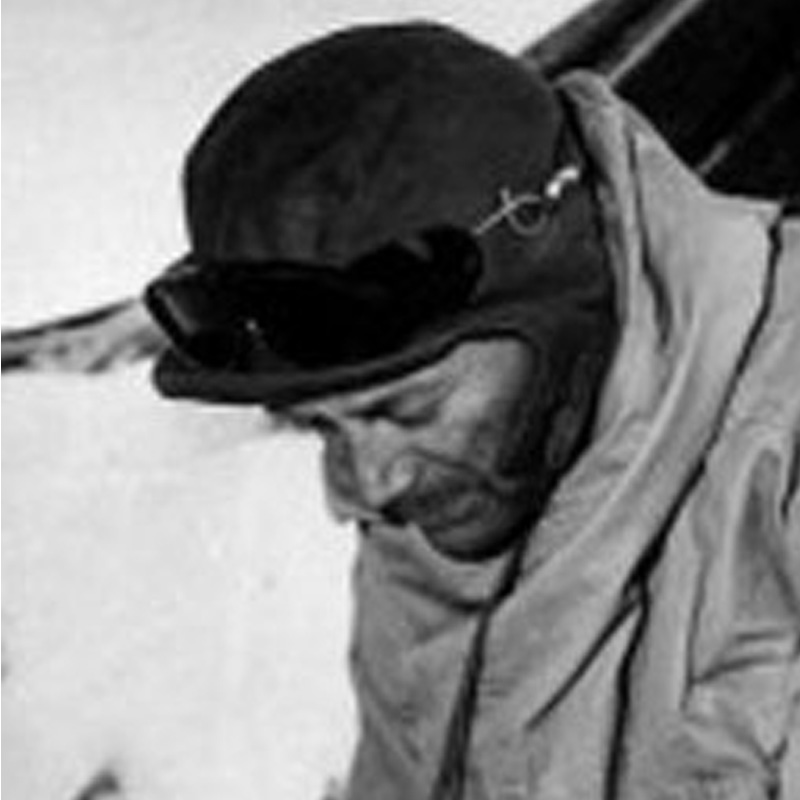
August Howard
Founder of the American Polar Society
August Howard was born “August Horowitz” on January 2, 1910, but he changed his name in the early 1940s. The son of a tailor and Russian immigrant, he grew up fascinated by Byrd and the romance and adventure of the North Pole flight.Polar exploration and discovery became the avocation of his life, even as it was the vocation of his hero, Byrd.
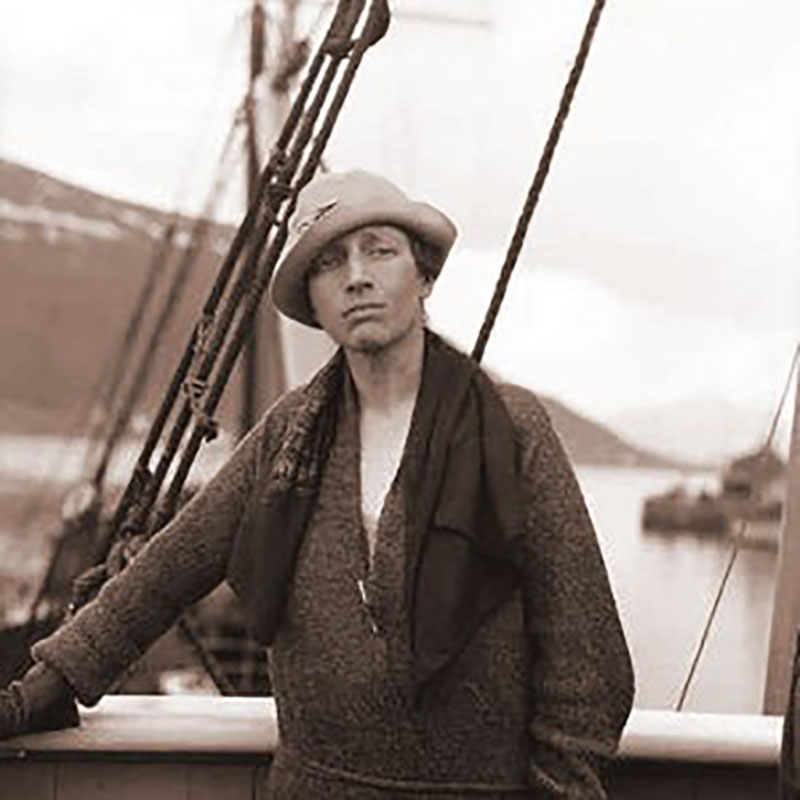
Louise A. Boyd
American Polar Society Luminary
When Louise Arner Boyd (1887 – 1972) sailed to the Arctic, she brought her maid along with her. Boyd was a San Francisco heiress who visited Franz Josef Land as a tourist in 1926 and returned to the high latitudes two years later as a participant in the international search-and-rescue mission following the disappearance of Roald Amundsen.
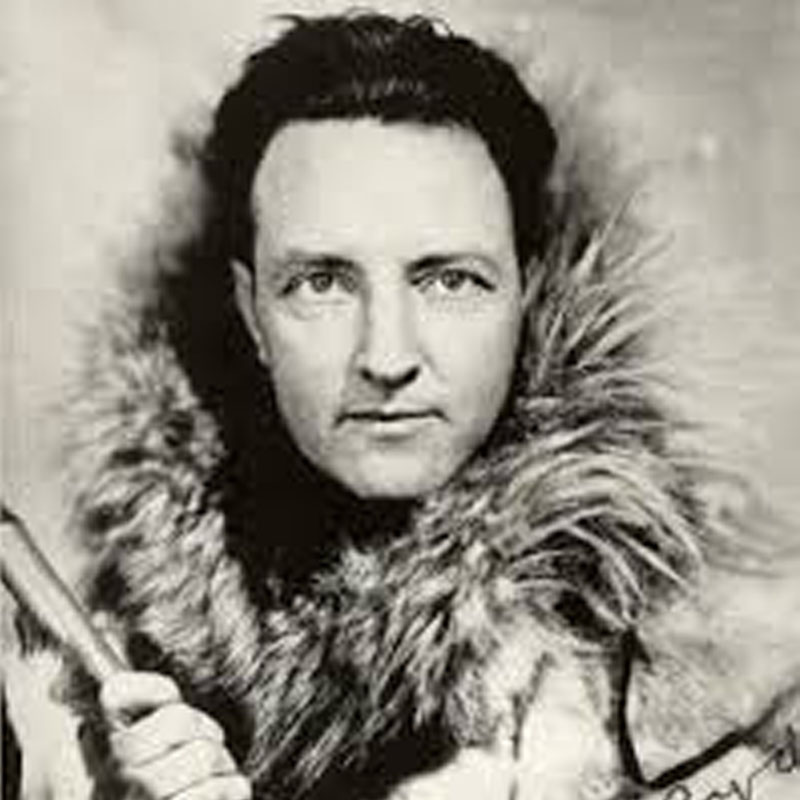
Admiral Richard E. Byrd
Explorer, Aviator and American national hero
Admiral Richard E. Byrd (1888-1957) was an explorer, aviator and American national hero. At a time when the Arctic and Antarctica were considered as remote as outer space, Byrd organized the most elaborate expeditions to these areas and pioneered the application of a new technology to the exploration of unknown and uncharted polar latitudes: the airplane.
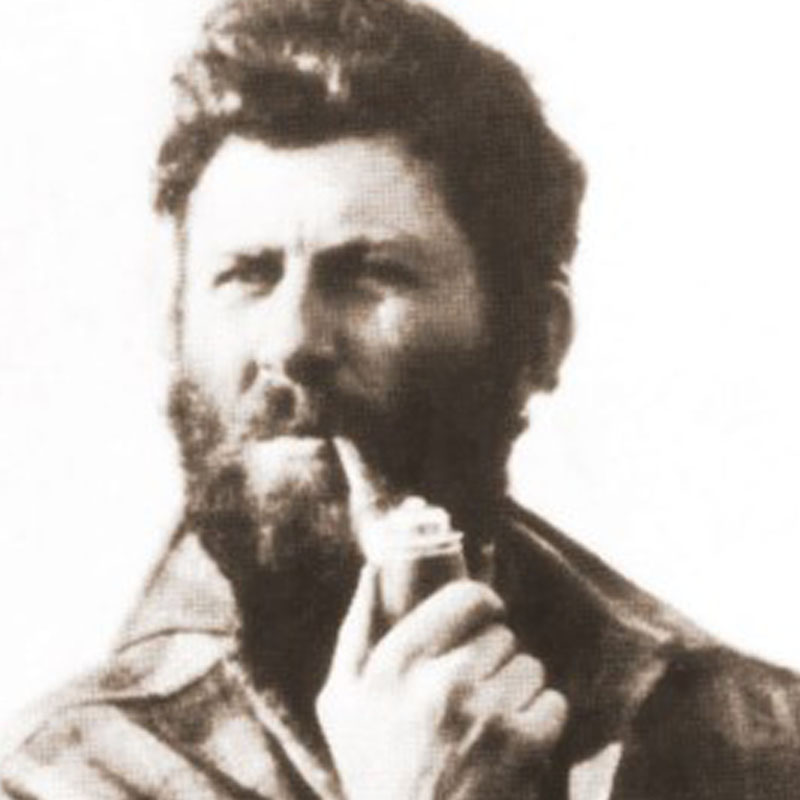
Laurence McKinley Gould
American Polar Society Luminary
Laurence McKinley Gould (1896 – 1995), geologist, explorer, and mentor of polar scientists, first sailed to the high latitudes in 1926 with the pioneering meteorologist William Hobbs. Hobbs and his team had hitched a ride to Greenland with the Putnam Arctic Expedition.
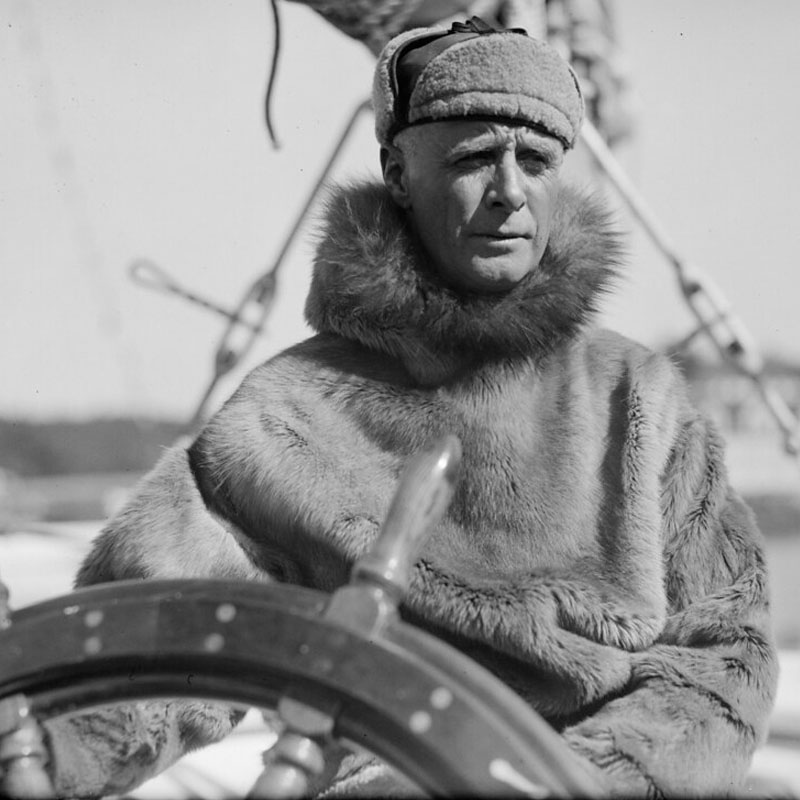
Donald B. MacMillan
American Polar Society Luminary
Donald B. MacMillan (1874-1970) was an American explorer who made more than 30 expeditions to the Arctic pioneering the use of airplanes, radio and electricity in the polar regions. He was born in Provincetown, Massachusetts, and graduated from Bowdoin College in Maine in 1898 with a degree in geology.
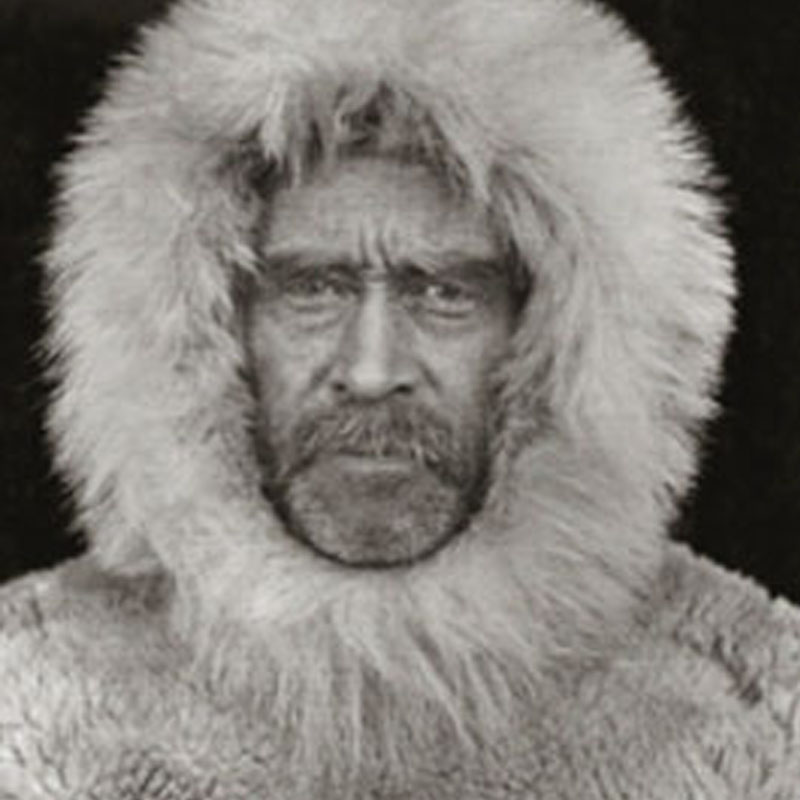
Admiral Robert E. Peary
Explorer, Aviator and American national hero
Admiral Robert E. Peary (1856-1920) was an American Navy officer and explorer who made several expeditions to the Arctic. He is credited—with substantial justification—for being, on April 6, 1909, the first person to reach the North Pole.
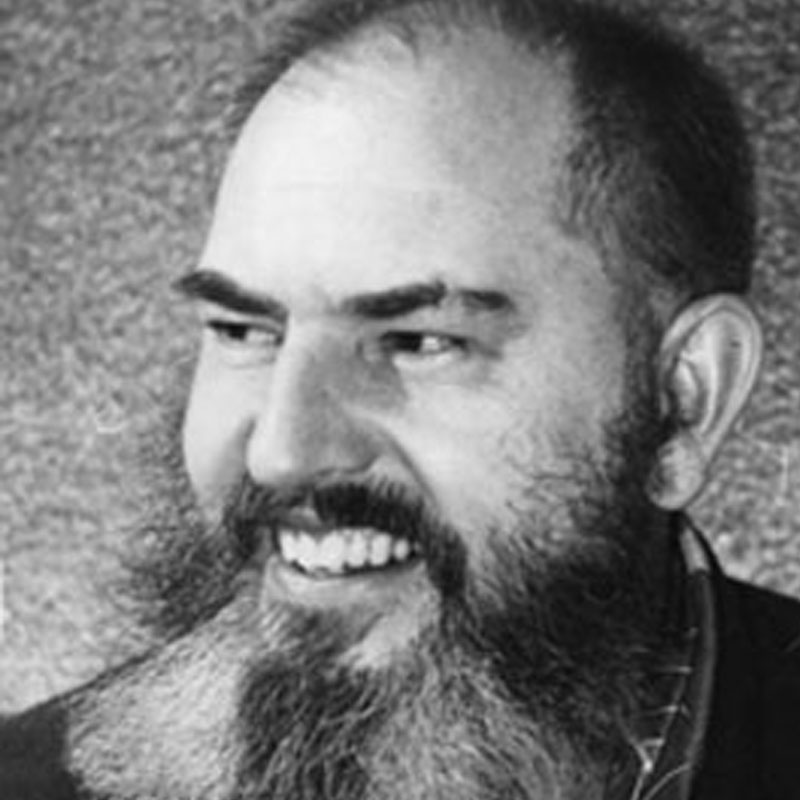
Paul Siple
American Polar Society Luminary
Paul Allman Siple (1908-1968) was an Eagle Scout and Sea Scout invited by Admiral Richard E. Byrd to accompany him on his first expedition to Antarctica 1928-30. Siple was selected from thousands of applicants in a national competition conducted by the Boy Scouts of America.
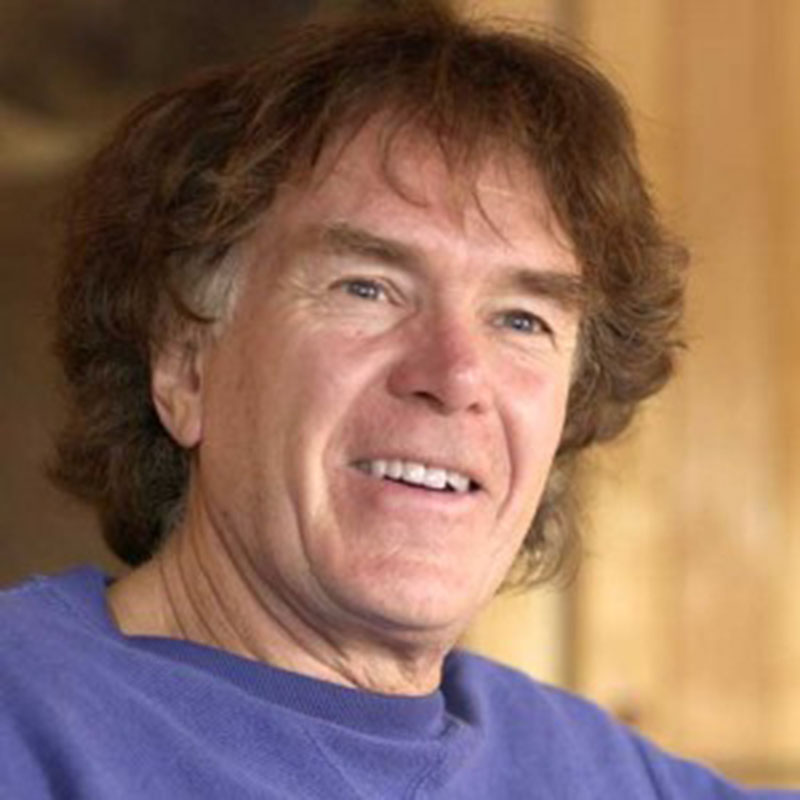
Will Steger
American Polar Society Luminary
Steger has been an eyewitness to the ongoing catastrophic consequences of global warming. A formidable voice calling for understanding and the preservation of the Arctic and the Earth, Will Steger is best known for his legendary polar explorations.

Colonel Norman D. Vaughan
American Polar Society Luminary
Colonel Vaughan began his polar career as a volunteer with the Wilfred Grenfell Medical Mission in Labrador in 1925, where he delivered medical supplies and performed medical evacuations by dogsled. Dog mushing was a significant part of Vaughan’s life from that time forward.
